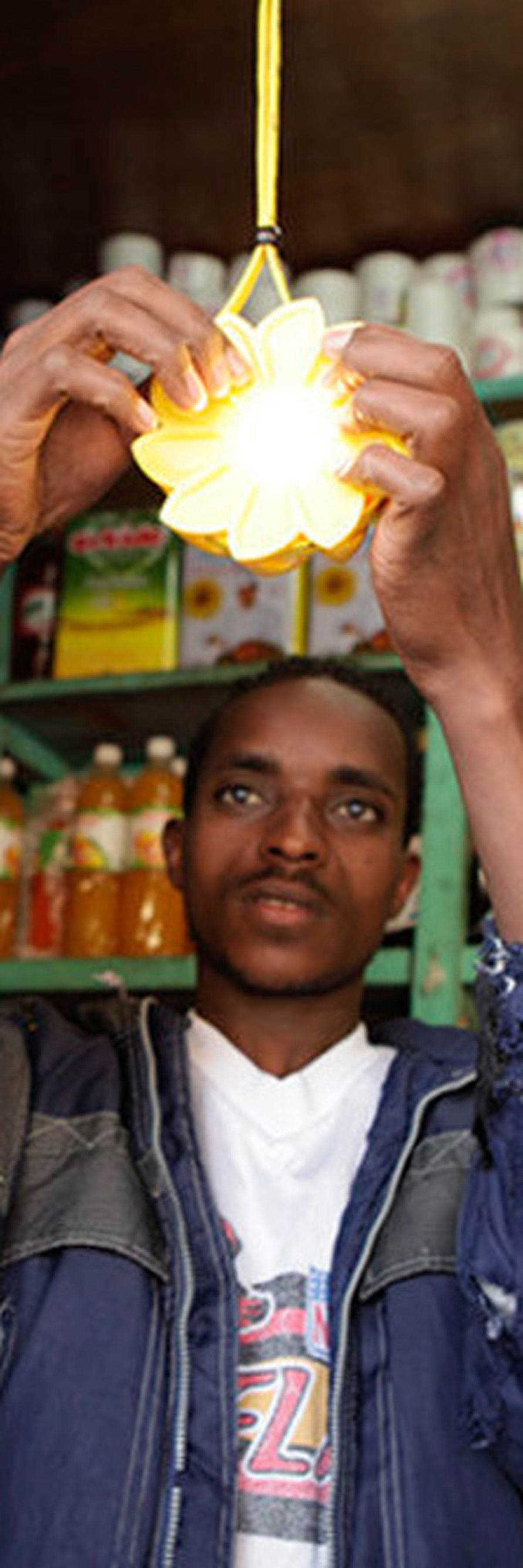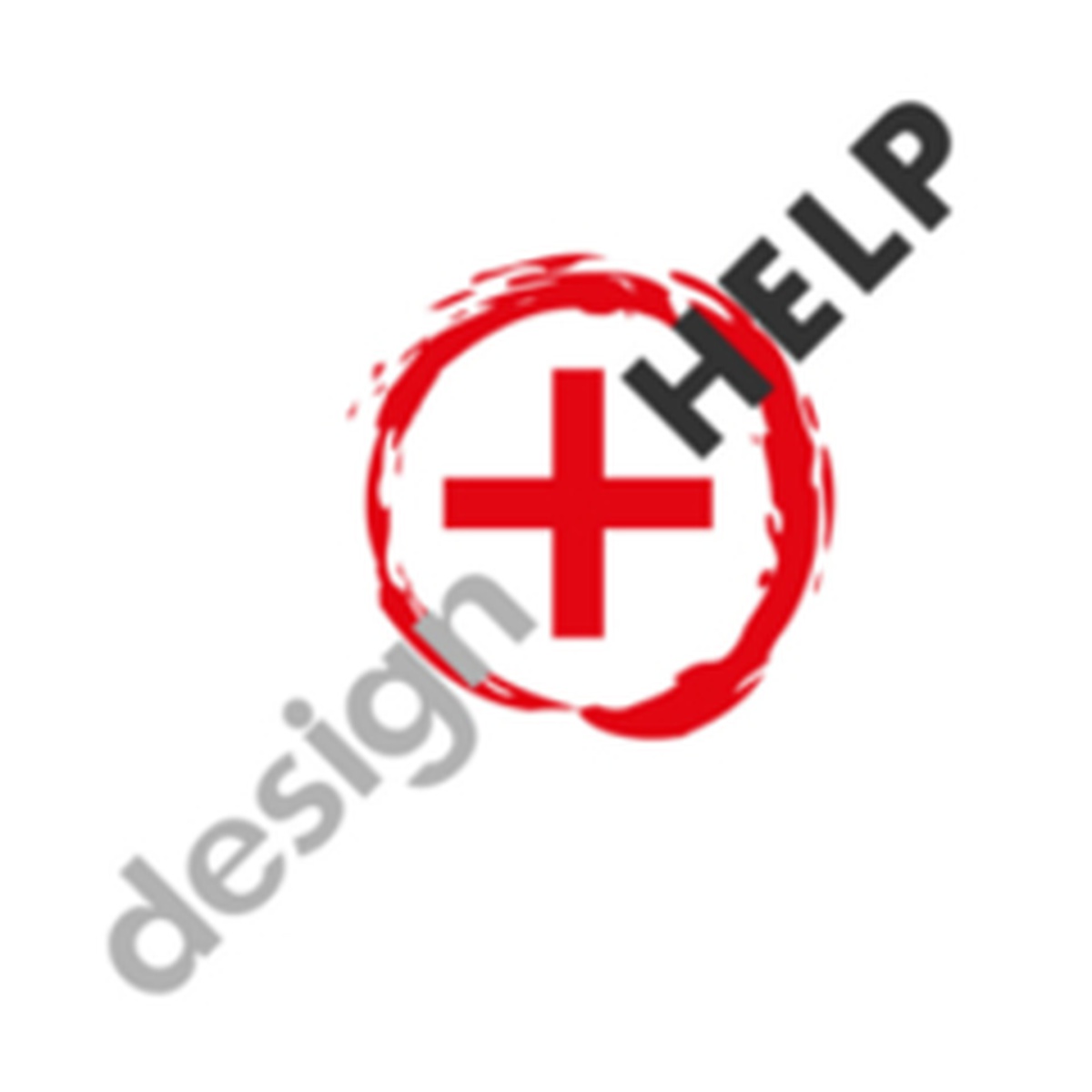Museo del Design del Friuli Venezia Giulia – Associazione di Promozione Sociale
P. IVA e CF 02863400301 – info@mudefri.it

Let's talk about Design for Help. Where for help we mean: empathy, compassion, hospitality, assistance, collaboration, support... humanity. Empathy is in first place, because only from looking inward without bias can we learn to relate to others, to establish true reciprocity in listening and, finally, to share a project.
Let's talk about Design for Help, of that design capable of asking questions, even when they are uncomfortable, but it does not want to reply on its own. It's a design that knows how questioning itself; it knows and wants to seek confrontation and collaboration with anyone who can or should have a say. It's a design that sees an opportunity in the crisis. It is a design that designs 'with' and does not design 'for'. It is a user-centered design, which seeks to put itself in the shoes of those who will benefit by the product or service, on which the work is ongoing. And it does so in all project phases.
Let's talk about Design for Help: projects that can make a difference out there ... confronting themselves ever more systematically with the sensitive issues of the contemporary world, such as migration flows and the daily dramas of refugees, or the new needs of an aging population, the need to adapt to climate change and, more generally, the urgent need to repair the environmental damage caused by development models that are no longer sustainable.
In this regard, I would like to conclude by quoting the words spoken by writer and philosopher Alain Botton last February in Zurich, invited by Ikea Foundation for the launch of "What Design Can Do - Refugee Challenge". To paraphrase Stendhal, Botton said: "La beauté n'est que la promesse du bonheur." Beauty is nothing but the promise of happiness. Let's remember it.
Pat Lugo
